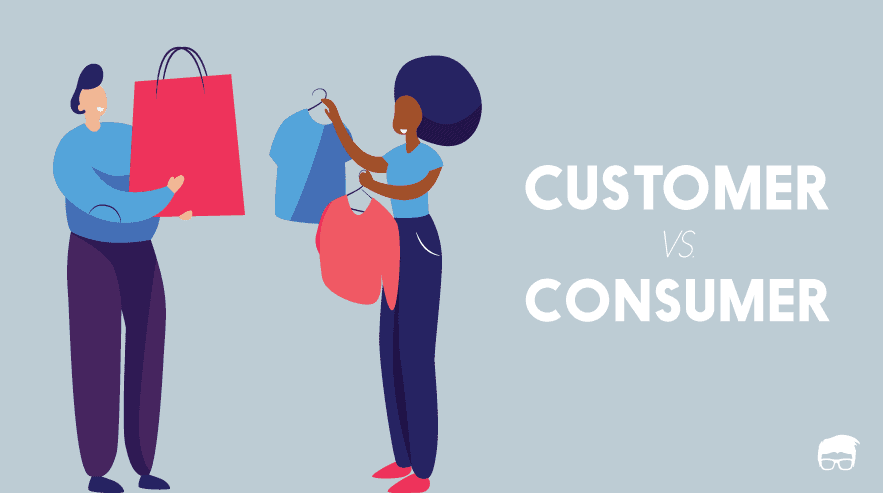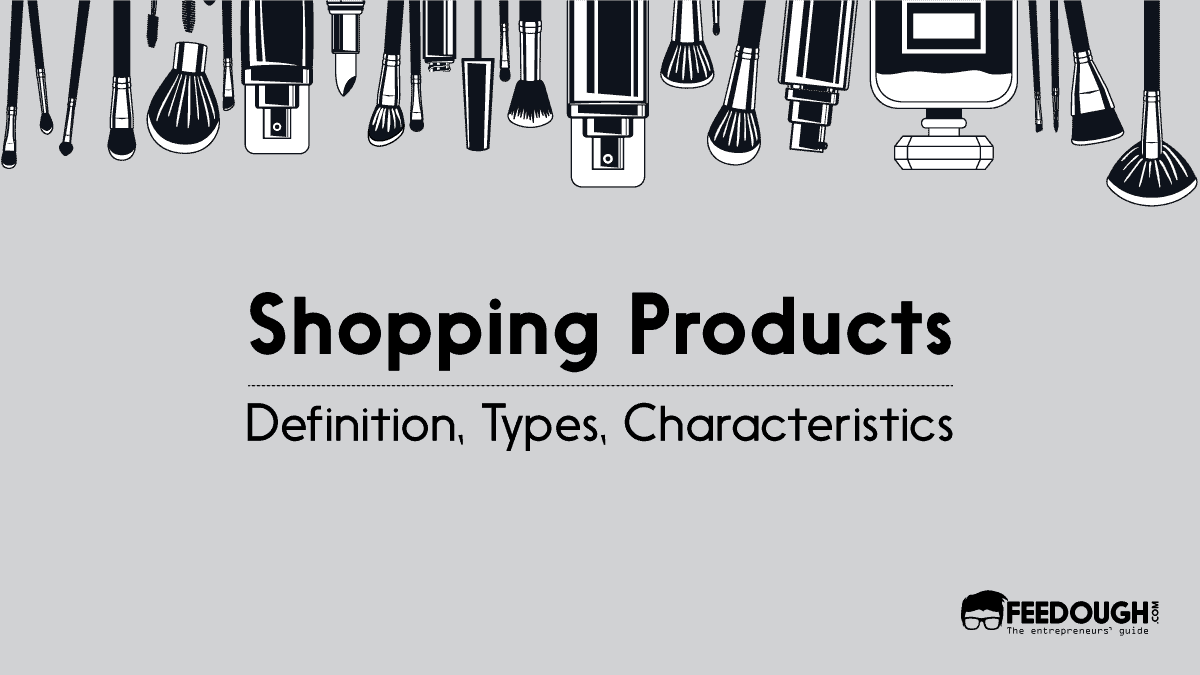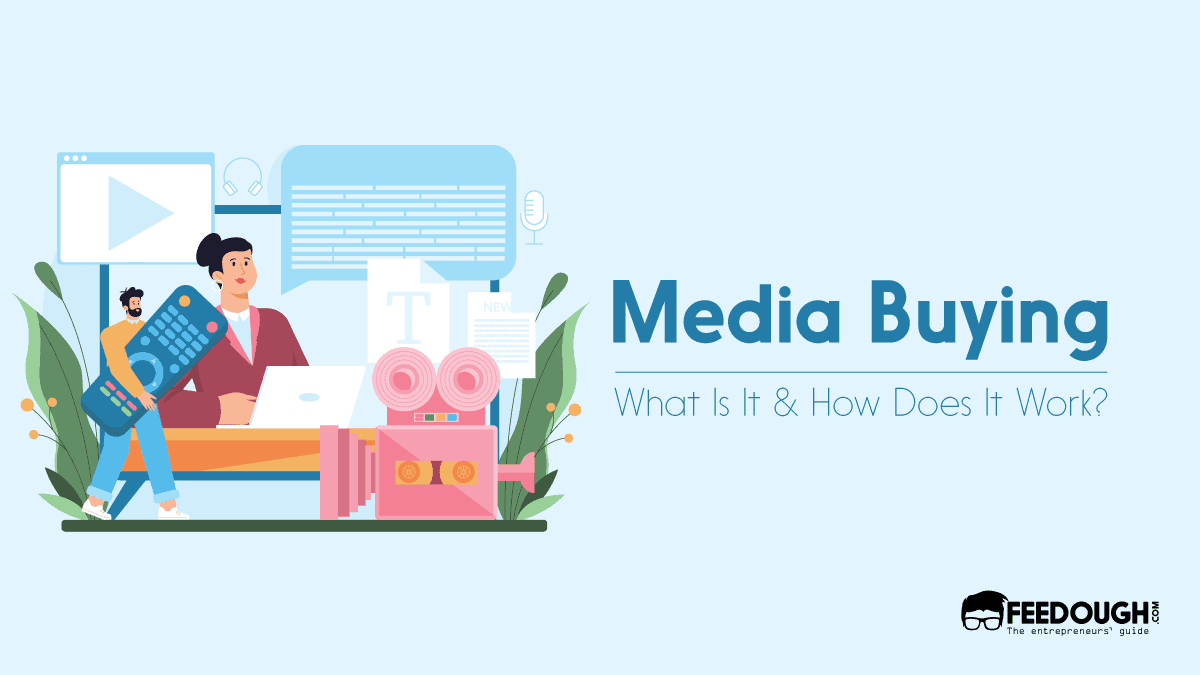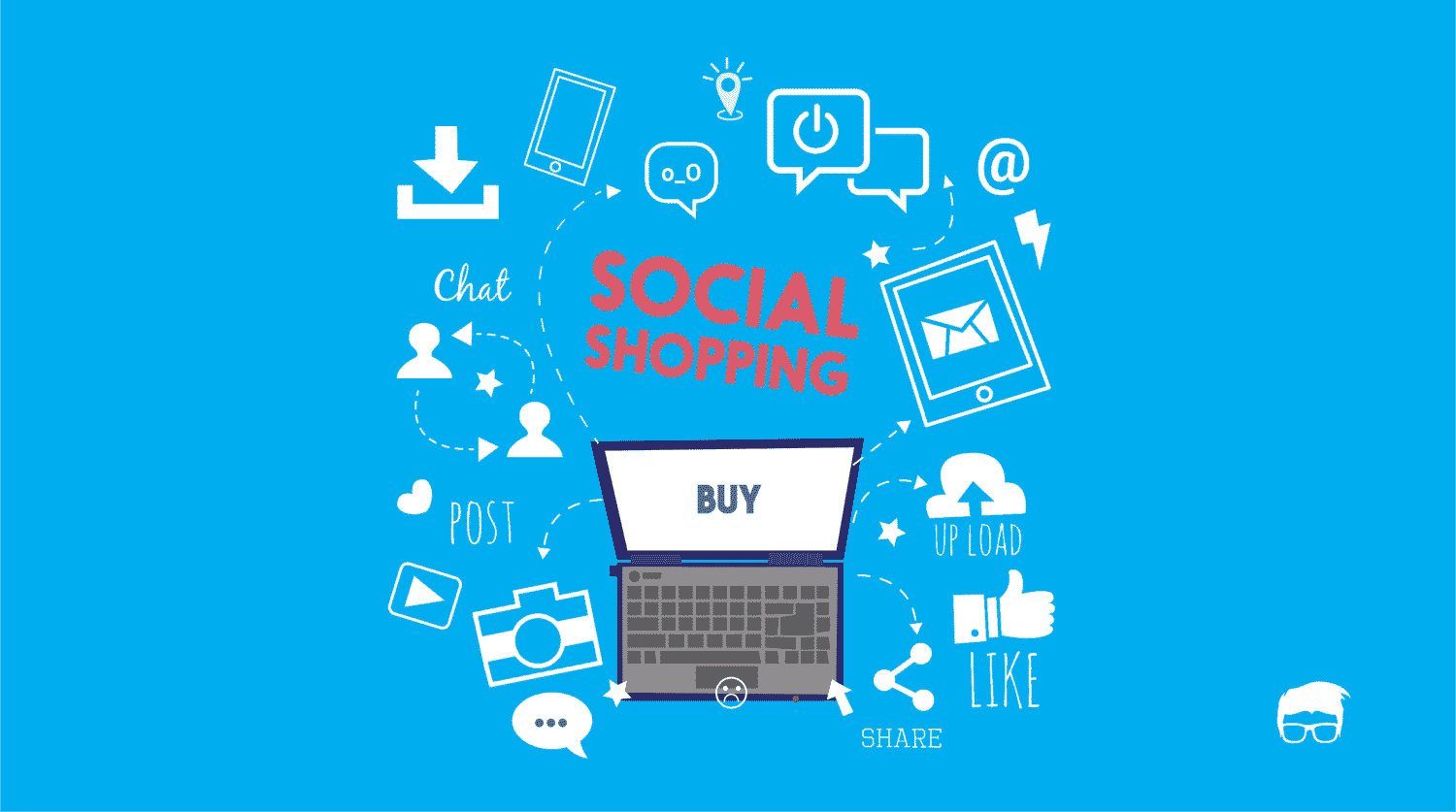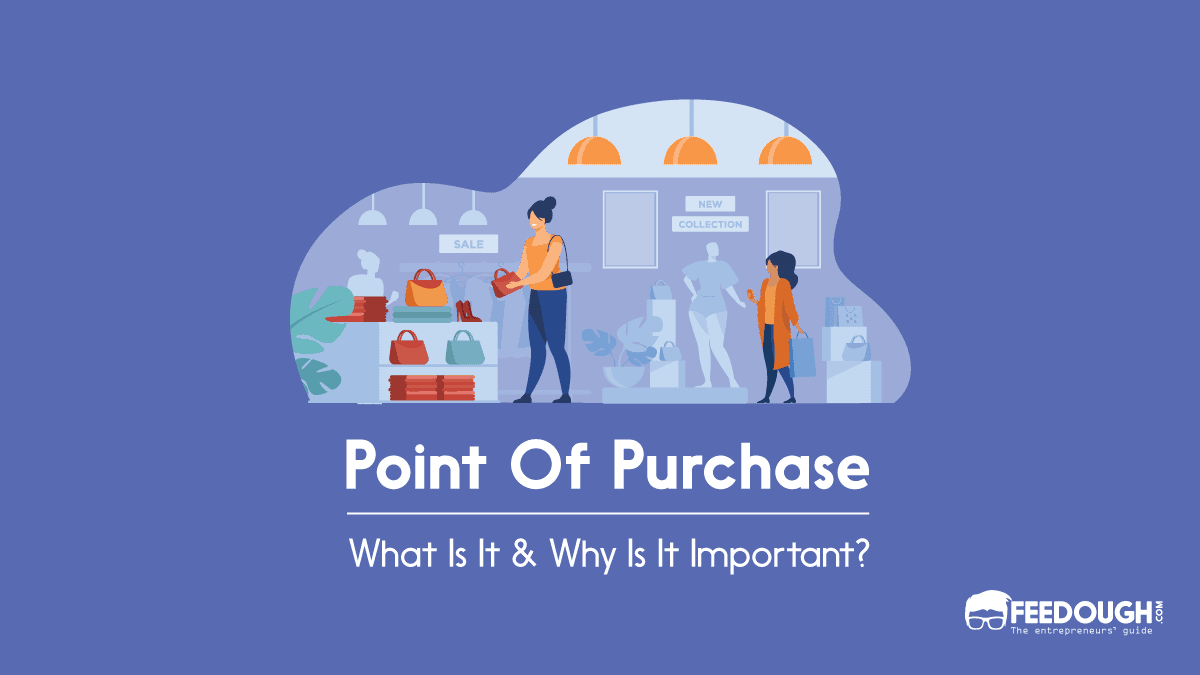Listening to buying center might create a picture of a huge shopping center or a mall with multiple individual shops. But in reality, a buying center is about people.
For example, if a kid in the house wants to buy new toys, many people get involved in the purchasing decision:
- The kid wants a few toys and influences parents to make a purchase (initiator and influencer)
- The mother approves the need for purchase (approver and decider)
- Dad goes to Walmart to purchase toys (buyer)
- Walmart decides which brand’s product to keep and offer to the purchaser (the gatekeeper)
Typically, people do not pay attention to what influenced them to make a purchasing decision or what process they go through before making a purchase.
The buying process is more complex than one might imagine since many players are involved in the process of purchasing a particular product or service – as a buying center.
What Is Buying Center?
A buying center, also called a decision-making unit (DMU), is a group of people involved in the decision-making process when purchasing a product or service.
For instance:
In a company, the CEO would not buy the graphic software by himself for the graphic team to use. He would involve:
- The graphic team.
- The graphic team director.
- Someone who has good knowledge of the software.
- The person who actually makes the purchase (HR for budget).
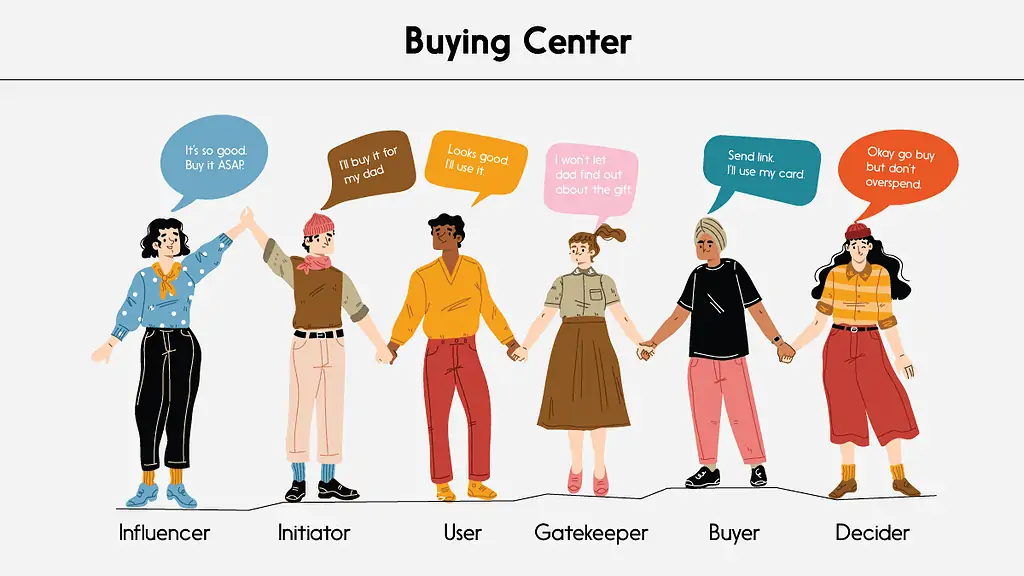
The Role Of Buying Center
Several parties are usually involved in each buying center, each handling one or more roles.
For instance:
A child who sees a newly launched phone on his friend’s social media profile and wants to buy it will not go and purchase it alone. He will probably influence his parents, take advice from a friend, research about it, and take approval from the decision-maker before purchasing.
Let’s take a closer look at the process by examining each step of this newly launched phone purchase in detail.
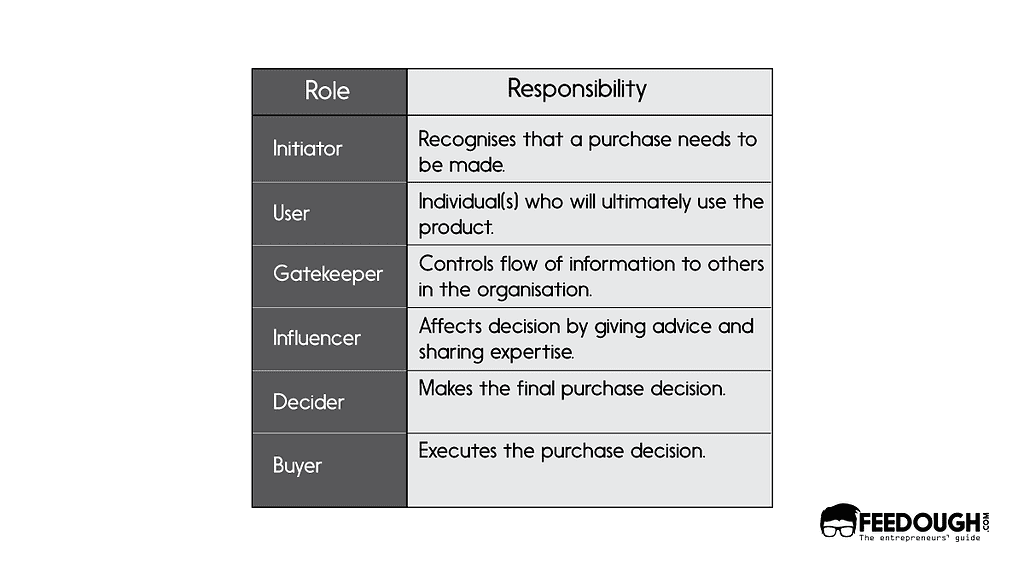
Initiator
The initiators are the one who first identifies the need for the product and gives a kick-start to the buying process.
For instance,
The initiator is the kid who saw the ad and wants his parents to buy that newly launched phone for him.
User
A user is a person or a group of people who will be the end user.
In some cases, they are also the initiators of the buying process, who want the product to improve the way they work or take their (working, playing, gaming, etc.) experience up a notch.
For example,
The kid who initiated the buying process for a smartphone will also be the end-user of the phone.
Influencer
An influencer is a person who describes the solution characteristics of the product and convinces others of its importance and need.
For instance,
The friend who posted the photo with the new phone is the influencer who triggered the purchase intent in the initiator.
Gatekeeper
The gatekeeper is the one who controls the flow of information and decides whether or not the product or service provider will have access to the buying center.
For example,
The kid got to know about the phone on social media. So here, social media is the gatekeeper that controlled the flow of information.
Decider
The decider is the one who leads to the acquisition of the proposal – that the product is really required and is purchase worthy.
For instance,
When the kid explains the features to her mother, and her mother gets convinced and decides that this phone is a good fit for her kid and decides to buy it, she becomes a decider.
Approver
The approver is the one who evaluates the decider’s decision and authorises the decision to buy the product.
For example,
When the mother decides that they need the phone, and if, after evaluating all the aspects of the product, the dad says yes and authorises to buy the product, the dad is here the final approver of the buying process.
Buyer
The buyer is the one who buys the product from the company.
For instance,
After getting approvals, when the dad finally buys the phone, the dad is the buyer, even though the user is his son.
The buying process can differ from person to person, depending upon what product type they are willing to purchase, which buying situation they are in, and other factors.
Key Factors That Influence A Buying Center
The buying center concept enables the entire decision-making unit to formulate the understanding of the purchase decision in a complex environment. It focuses to:
- Create value in the purchase situation
- Influence the DMU about its effectiveness and efficiency, and
- Justify why it is essential through the following three factors
Buyer Class
The buying class has three purchasing situations, including straight rebuy, new buy, and modified rebuy.
- A straight rebuy is when the user purchases the product from the previous seller and does not require any additional information to make a purchase decision—for instance, buying regular medicines from the patent medical shop.
- A new buy is a situation where the product is entirely new to the user, and they need all the information from scratch to reach a final decision. —for instance, if a person finds a cosmetics brand in the market, they need to know about the brand from scratch to reach the final purchase decision.
- Modified rebuy involves making significant changes in the previous purchase.
It can be about making changes in the specifications, changing the seller, soliciting bids, or more.
For instance, if a person did not like the pizza from the seller he ordered last time, he’ll choose another vendor to buy it this time.
Meeting the buyer class where they are in the purchasing stage (a new buyer, a new buyer, or an old buyer) is the key tactic companies use to influence their buyers.
Product Type
The product type includes the product’s material, PP&E (property, plant, and equipment), components, MRO (maintenance, repair and operation) cost, product suitability, quality, and more. Since requirements vary from person to person, the product type varies too, which affects the purchasing decision:
- Habitual Product – These are the products that users buy to fulfil their daily needs. For instance, a person going to buy a detergent will simply purchase the regular product they use from their patent shop and will not create a huge buying process.
- Luxury Products – Luxury goods, opposite to the necessary goods, are products people buy even if they do not really need them. For instance, a brother buys a luxury handbag to give to his sister even though she doesn’t need it. But before buying this luxury bag, he might ask his friends, parents, and search for it online to gather more information about the bag and its brand – which creates a buying center.
Importance Of The Purchase
This factor is about the need, backed by the logic of what makes sense to purchase this product or service.
For instance, if a company has merely started to plan its social media posts automation, what is the need to purchase a tool with more advanced features which they will not use for at least the coming two years? They’ll buy the tool with basic automation features only.
The Importance Of Buying Center
Different people are involved in making purchase decisions. From a business point of view, this buying center forms the structure for making informed and effective marketing strategy decisions.
When the business closely understands the buying center, it can better target its marketing efforts to the right people. With its help, It shares relevant information at the right time with all interested parties to help them make an informed decision. Moreover, it ensures that the buying process is initiated at the right time, and that there is a clear consensus on all decisions made.
Bottom-Line?
A buying center is a powerful tool for gaining customer insight. A clear understanding of it helps companies in marketing, product development, boosting sales, and selecting strategies to improve the brand’s working channels.
Go On, Tell Us What You Think!
Did we miss something? Come on! Tell us what you think about our article on Buying Center in the comments section.
Ravpreet is an avid writer, prone to penning compelling content that hits the right chord. A startup enthusiast, Ravpreet has written content about startups for over three years and helped them succeed. You can also find her cooking, making singing videos, or walking on quiet streets in her free time.
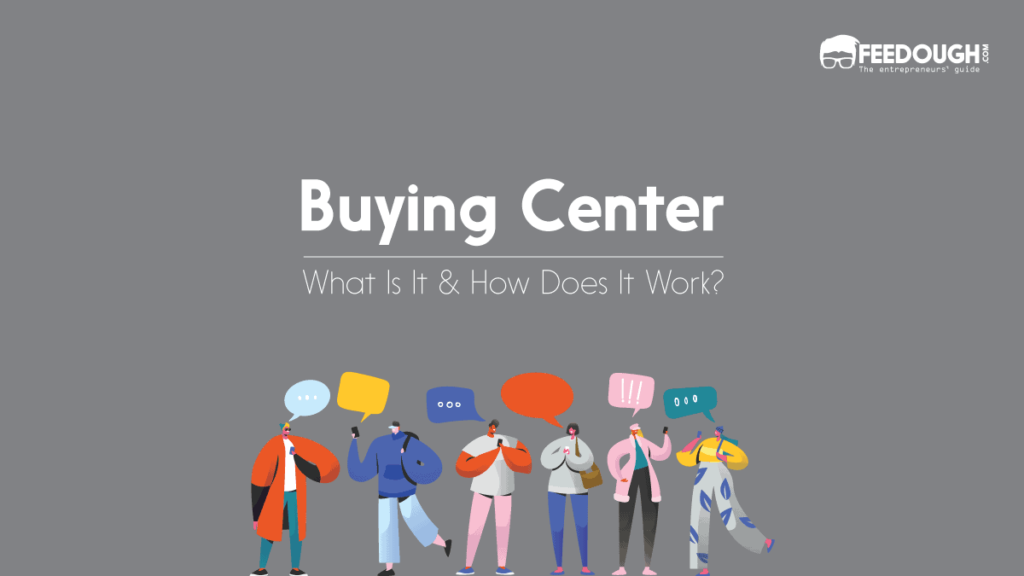
![Go-To-Market Strategy [The Ultimate Guide] go-to-market strategy](https://www.feedough.com/wp-content/uploads/2019/10/go-to-market-strategy.webp)
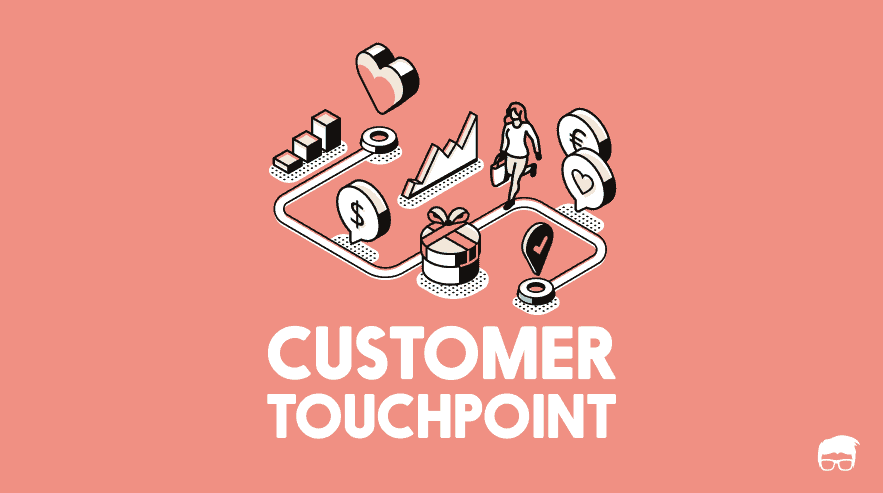
![What Is Consumer Behaviour? [Detailed Guide] CONSUMER-BEHAVIOUR](https://www.feedough.com/wp-content/uploads/2018/08/CONSUMER-BEHAVIOUR.webp)
